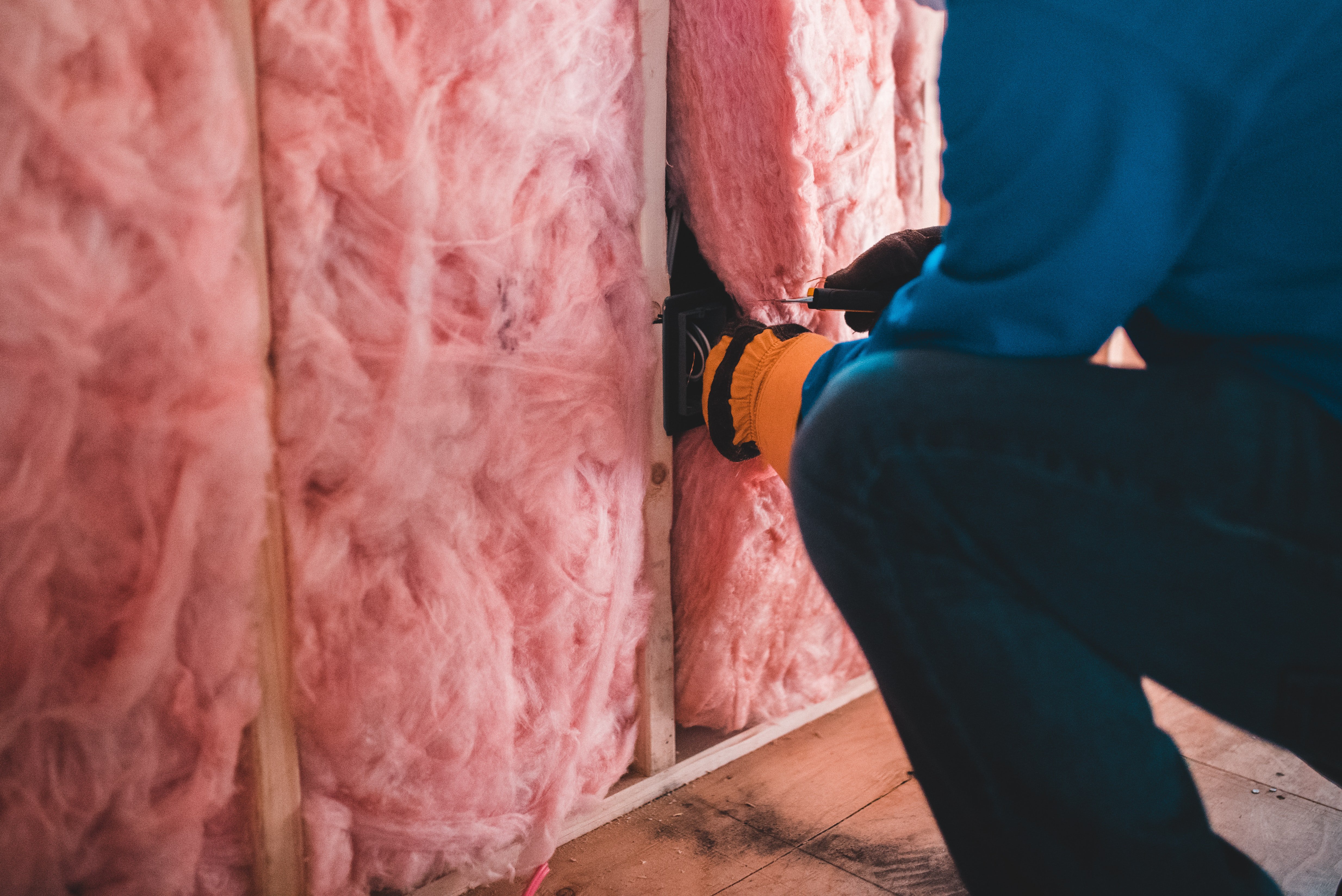Energy Efficiency Programs for Low-Income Households
Weatherization programs tackle home improvements in a challenging sector
- July 19, 2022
- John Harrison

In a challenging economy when costs seem to be rising constantly, low-income households face an increasing risk of being unable to afford basic necessities, including electricity. A household’s income obviously is a factor in this difficult decision-making, but so is something less obvious: the energy efficiency of many low-income homes.
For example, some of the least-expensive housing, like older manufactured homes, may have little, if any insulation to prevent heat loss in winter and heat gain in summer. Perversely, the total bill for electricity in a home like this might be as much as four times higher than in a similar home built to modern efficiency standards, and so the impact on a low-income household is disproportionately high.
It’s that problem, among others related to the impact of energy costs on low-income households, that are being addressed by agencies that channel public money into home improvements for low-income Northwest residents. Meeting in Spokane this month, the Council heard about three such efforts at regional, state, and local levels – the Bonneville Power Administration, the Washington Department of Commerce, and a Spokane community action agency.
Improving the energy efficiency of low-income housing is not an easy task. There are obstacles to overcome before a dwelling gets new windows or insulation. For example, one pragmatic problem cited by all three of the agencies is that many areas of the region do not have enough qualified contractors to do all the work that is needed in a timely manner. Another obstacle is household income qualification, and a third is just the often-complicated paperwork of the application process. But the agencies are working to overcome these, smooth and accelerate the process, and deliver benefits to their low-income clientele.
The local agency, Spokane Neighborhood Action Partners (SNAP), has been working with low-income residents on a number of issues, including energy efficiency, since the 1960s. Michelle Howard of SNAP said the demographic of people who can afford to buy a home in Spokane is changing as the median house price in the city reached $450,000 in May of this year. “Many people can’t afford to move and can’t afford to upgrade,” she said. This also is a factor in rented homes. Howard cited as an example a home where the rent rose from $680 to over $2,500 in one month.
The upward trend in housing costs “impacts who we can serve in weatherization programs and probably will move more people into apartments from houses,” she said. “In Spokane County, rents are high and incomes are low.”
SNAP has about 17,000 client families in the county, and most of them rent their homes and live on some type of fixed income. Nonetheless, SNAP was able to weatherize 236 homes in 2021. This is a positive accomplishment for SNAP clients, who spend as much as a quarter of their income on energy. Kirby Weythman, who directs the weatherization work for SNAP, said he has seen as much as a 30-percent reduction in outside air entering a home after weatherization, and this affects heating, cooling and energy bills.
Similarly, at a statewide level, the Washington Department of Commerce manages state and federal weatherization programs for low-income households. The program hopes to weatherize at least 3,200 housing units over the next five years.
At a regional level, the Bonneville Power Administration’s low-income program pays to weatherize homes, improve heating, ventilation, and air conditioning systems and install energy-efficient appliances and lighting in income-qualified households, said Amy Burke, manager of Bonneville’s low-income and weatherization program. Through the program, Bonneville works with the four Northwest states, 26 Indian tribes and many community action agencies like SNAP in Spokane. Bonneville’s customer utilities manage weatherization programs with Bonneville funding, and Bonneville also manages a grants program distributing federal money to states and tribes within the agency’s service territory. Since 2016, nearly 14,500 energy-efficiency projects have been completed, she said.
Between 2016 and this month, 53 utilities claimed funding for low-income measures, saving a total of about three average megawatts, Burke said. About 5,300 projects were completed that improved heating, ventilation and air conditioning systems, and weatherization projects replaced about 4.9 million square feet of window glass, insulated and fixed air leaks in homes, and installed ductwork, she said. Insulation of floors, walls, ceilings, and doors was the most popular weatherization measure, she said, accounting for 44.8 percent of the work. Installing ductless heat pumps was next, at 27.4 percent of the projects.
A common issue for all three weatherization efforts – local, state, and regional – is taking the time to understand and file the necessary paperwork to qualify for the programs.
“Housing is critical; poverty is a problem at every reservation,” said Oregon Council Member Louie Pitt, a member of the Warm Springs Tribe. “But it is difficult to get through the [paperwork] process,” he said.
Montana Council Member Doug Grob pointed out that the northeastern section of Bonneville’s service territory includes the Blackfeet Reservation, an area where some of the coldest winter temperatures in the nation are recorded. It’s a unique place for weatherization in that regard alone, as even the latest heat pumps struggle in temperatures below minus 20. But it also is a place where there is poverty and poorly insulated homes, adding to the challenge of reducing the cost of living. “Some homes need significant upgrades; that area needs quite a bit of help,” he said.


